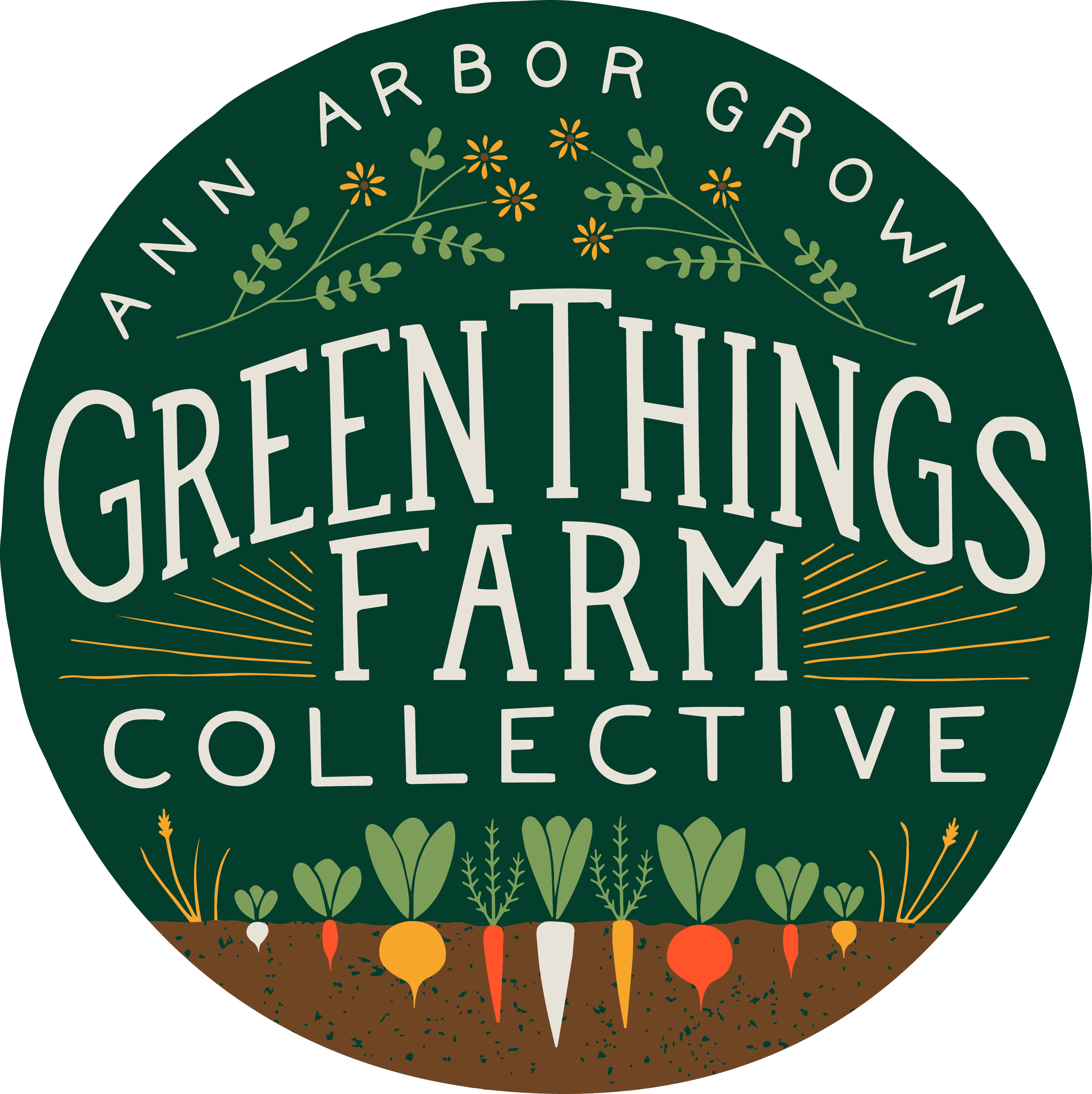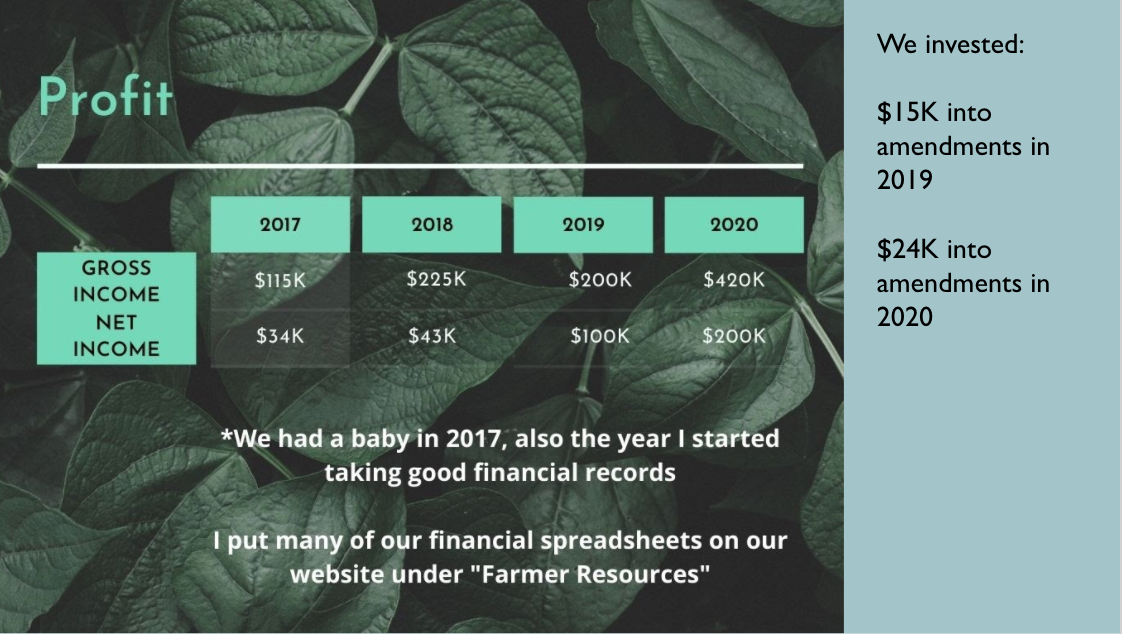Deep Compost Mulching
We are compost addicts over here and my it has made a world of difference in the quality of our produce. Here is a brief story of our journey to this point.
We’ve got very heavy clay that has been conventionally farmed for decades. We have struggled with drainage and fertility since we have been stewarding this land. In the beginning it was hard to get anything to grow at all. We started with tillage and pretty accepted methods of organic agriculture and managed to eek out produce for many years but didn’t see much improvement in our soils and production. Now I cringe thinking of many things we did to our poor farm.
In 2015 we tried clover pathways and crimping rye to plant an insitu mulch.
The mulching and the clover were great (though took frequent mowing) the crops struggled and failed. I believe this was a fertility issue.
We maintained the clover pathways for a few years, but they harbored Canada thistle, and the mowing grew tiresome.
In 2018 we started importing huge amounts of compost and in 2020, leaves.
Nate fashioned a raised bed maker on the back of a rototiller to form beds in one pass. We then followed with a top dressing of compost. This system worked great. Much fewer weeds and better drainage. Weeds in the pathways were an issue and we were excited by the no-till farming movement and decided to dive deeper.
In 2019/20 we transitioned all of our fields to have deep compost and woodchipped pathways. In 2020 we fully committed to no-till.
We also started using leaves as mulch and a base for building new beds. It has been great though the trash in the leaves is atrocious and you should be careful not to put leaves on too thickly.
This is how we spread compost the last few years. It takes about 7 minutes per bed and uses about $30 of amendments.
Nate and Eric built this compost spreader this fall because they saw something similar at Slow Farm in Ann Arbor. I think it is going to make our lives a lot easier.
This is how we have spread woodchips on a large scale. We’ve since learned it is better to put compost down first so that if you stray off course woodchips don’t end up underneath the bed where the plants will be growing. By adding wood chips second, you can rake them to the side if they end up in the bed.
These slides are for an upcoming conference presentation I’m doing for The Million Acre Challenge and Future Harvest discussing the “Dollars and cents of soil health”. I thought it might be relevant.
Pros and Cons of no-till!
I hope this inspires your farming future.
Jill










